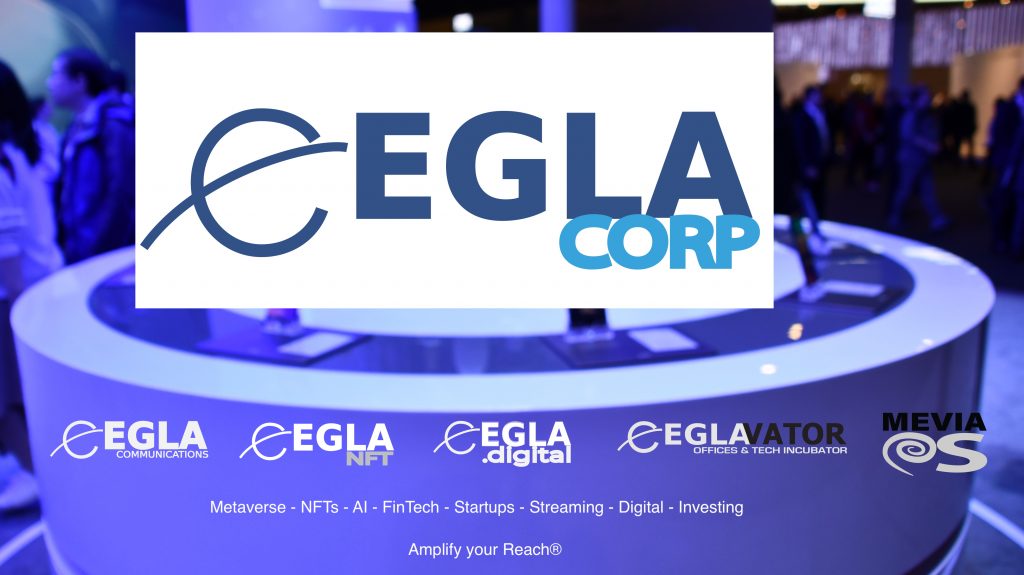
Neural Networks
Generative Artificial Intelligence (GPT), Neural Networks, Adaptive Filtering, CNNs, and LSTM Methods
We have worked with Reinforced Learning, Neural Networks, and AI in general since 1998 . As in 1998, Fuzzy Logic was a solution available that provided high-performance results for multiple systems. Neural networks and adaptive networks were used for the research that leads to the patents US 7,697,508 and US8,213,417.
Music Selection
Automatic generation of music selection.
Using classifiers and other techniques, AI is used to learn DJ and curated content to regenerate streams and playlists.
Gesture Detector
Users and interfaces for theMEVIAVERSE will require the use of gestures and accelerometer controls
Our LSTM and other models are used to detect gestures from accelerometer in web-based applications.

Podcast Generation
GPT and other models can generate videos, audio, and an entire podcast.
Using GPT and LLMs to generate text and video to compliment a podcast around a theme or an idea.

Cyber and Security
We use computer vision and other AI techniques to control door access and.
Pattern recognition from movement to a data stream that looks suspicious or out of the ordinary are used for cyber security and door access controls.

Design Thinking and Innovation
We are innovators and entrepreneurs, our creative process is always turned on. Thinking out of the box is our motto, and AI only enhances and speeds up that design process.
"Revolutionizing Industries: Unveiling the Remarkable Achievements of Artificial Intelligence and Machine Learning"
Artificial Intelligence (AI) and Machine Learning (ML) have experienced tremendous growth and advancements in recent years, revolutionizing various industries and transforming the way we live and work. Today, some prominent trends are shaping the AI and ML landscape. Firstly, there is a heightened focus on ethical AI, with an emphasis on responsible and transparent practices to ensure fairness, accountability, and privacy in AI systems. Additionally, there is a surge in the development of explainable AI, enabling users to understand and interpret the decision-making processes of AI models. Moreover, AI and ML are increasingly being deployed in edge computing environments, bringing the power of intelligent algorithms closer to the data source and enabling real-time and resource-efficient processing.
Moreover, AI and ML are increasingly being deployed in edge computing environments, bringing the power of intelligent algorithms closer to the data source and enabling real-time and resource-efficient processing. Furthermore, the integration of AI and ML with other emerging technologies such as Internet of Things (IoT) and blockchain is leading to innovative applications across diverse sectors, from healthcare and finance to manufacturing and transportation. Lastly, the democratization of AI is gaining momentum, with user-friendly tools and platforms enabling individuals and businesses with limited technical expertise to leverage the capabilities of AI and ML. These trends collectively signify the ongoing evolution of AI and ML, promising a future of intelligent systems that drive efficiency, innovation, and positive societal impact.





